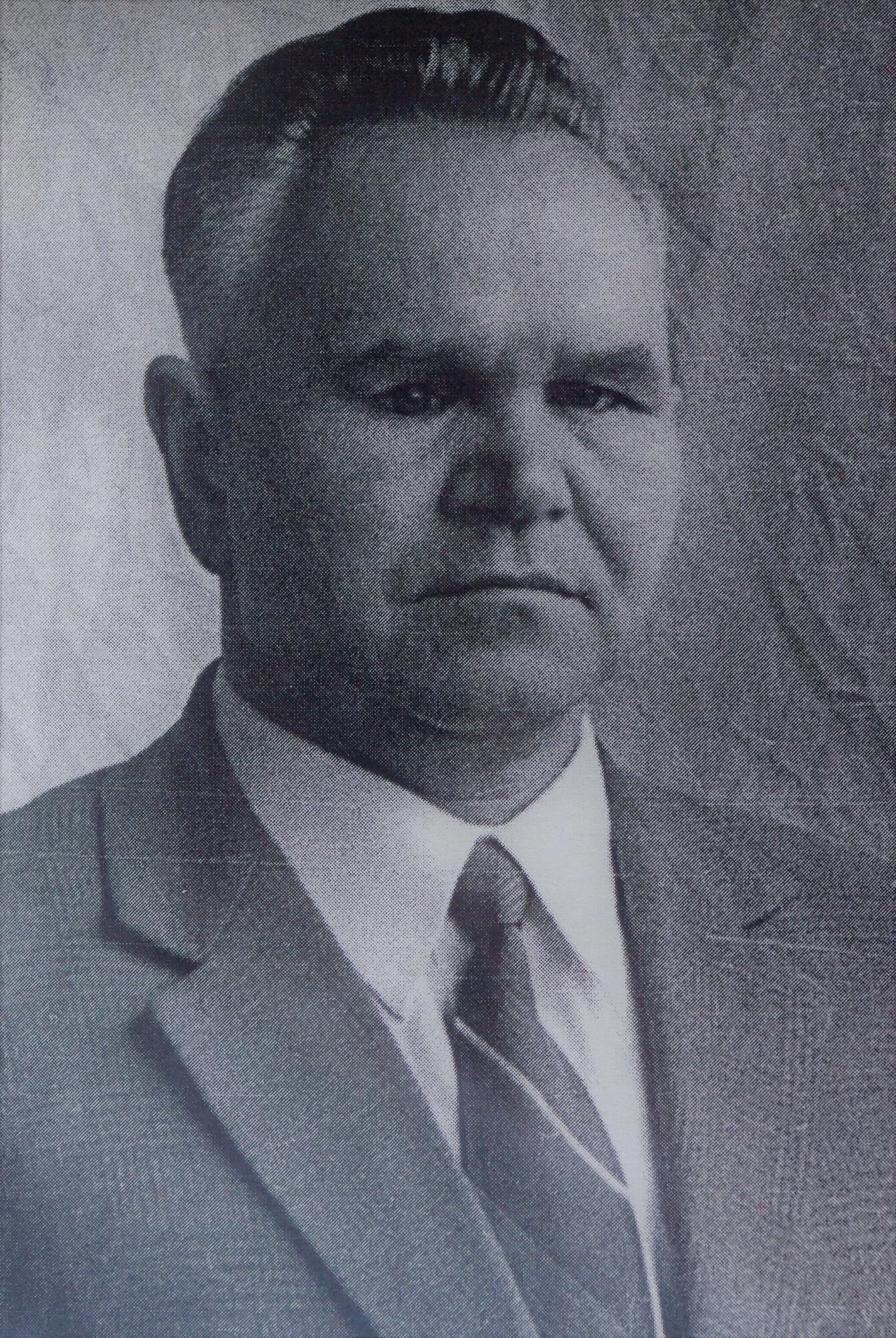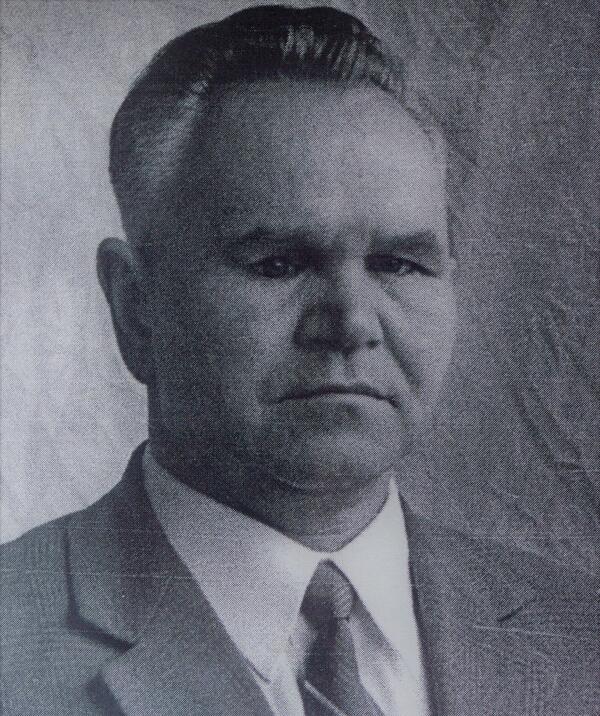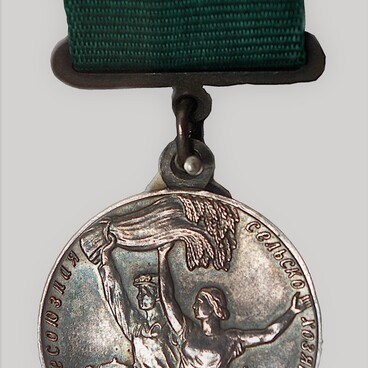A photograph from the museum collection shows Alexander Kudryashov, head of the Shebekino chemical plant. It was built in 1948 — 1953 on the place of the sugar factory, destroyed during the Great Patriotic War. Synthetic fatty acids and alcohols were produced — they were used to make soap, detergents, oils, perfumes and cosmetics.
Alexander Kudryashov was born in 1923 in Orekhovo village (now the Volgograd region). He graduated from a ten-year school, and a few months after his graduation, he was called up for military service. At first, Kudryashov got to Stalingrad Military Artillery School, and afterwards — to the Southern Front. There, he served as a commanding officer of a firing platoon of the 1177th Rifle Regiment of the 347th Rifle Division.
In 1942, Alexander Kudryashov was seriously wounded. Under machine-gun fire of the enemy his comrades could not pick up the commander and thought he was dead. When his father received a death notice, he volunteered for the front. He was killed in the battles near Kharkiv in early 1943 and never learned that his son had actually survived.
Alexander Kudryashov was hospitalized, and then he was sent to the 103rd cadet brigade of the North Caucasus Front. A few months later, he was wounded again — a burst sniper bullet grazed the bone in his arm and damaged his muscles. Alexander Kudryashov received his third wound in September 1943: he lost his right eye and had been hospitalized for a while. Eventually, he was declared unfit for service and sent home.
After the war, Kudryashov graduated from university with a degree in Chemical Engineering and came to work in Shebekino. From 1954 to 1966 he was head of the chemical plant, and during that time, he used the plant’s funds to build many residential houses, social and cultural institutions in the city.
Then, Alexander Kudryashov worked as the director of the All-Union Scientific Research and Design Institute of surfactants. He established contacts with the leading scientists of the country, academic institutions and universities. Under his leadership the institute became known far beyond the borders of the Soviet Union, scientists published dozens of scientific works and registered 68 patents for inventions.
Alexander Kudryashov was born in 1923 in Orekhovo village (now the Volgograd region). He graduated from a ten-year school, and a few months after his graduation, he was called up for military service. At first, Kudryashov got to Stalingrad Military Artillery School, and afterwards — to the Southern Front. There, he served as a commanding officer of a firing platoon of the 1177th Rifle Regiment of the 347th Rifle Division.
In 1942, Alexander Kudryashov was seriously wounded. Under machine-gun fire of the enemy his comrades could not pick up the commander and thought he was dead. When his father received a death notice, he volunteered for the front. He was killed in the battles near Kharkiv in early 1943 and never learned that his son had actually survived.
Alexander Kudryashov was hospitalized, and then he was sent to the 103rd cadet brigade of the North Caucasus Front. A few months later, he was wounded again — a burst sniper bullet grazed the bone in his arm and damaged his muscles. Alexander Kudryashov received his third wound in September 1943: he lost his right eye and had been hospitalized for a while. Eventually, he was declared unfit for service and sent home.
After the war, Kudryashov graduated from university with a degree in Chemical Engineering and came to work in Shebekino. From 1954 to 1966 he was head of the chemical plant, and during that time, he used the plant’s funds to build many residential houses, social and cultural institutions in the city.
Then, Alexander Kudryashov worked as the director of the All-Union Scientific Research and Design Institute of surfactants. He established contacts with the leading scientists of the country, academic institutions and universities. Under his leadership the institute became known far beyond the borders of the Soviet Union, scientists published dozens of scientific works and registered 68 patents for inventions.



